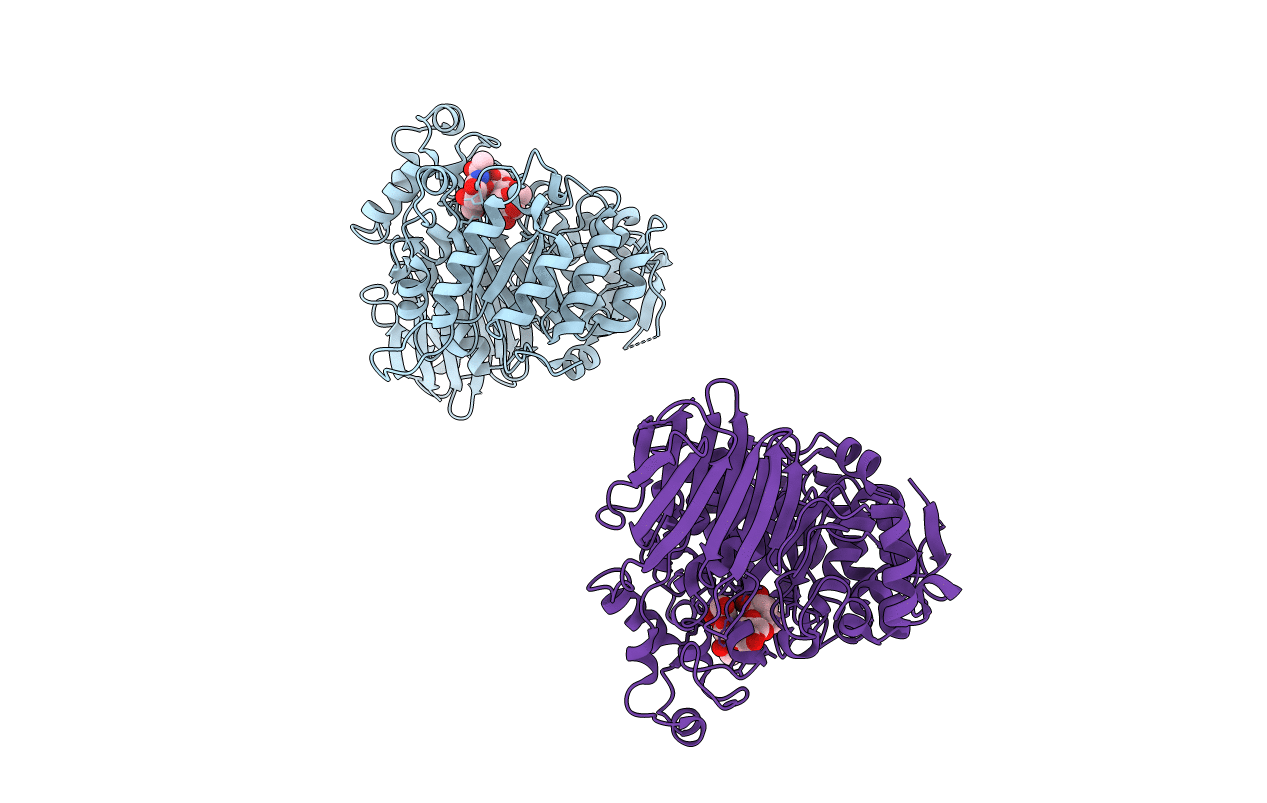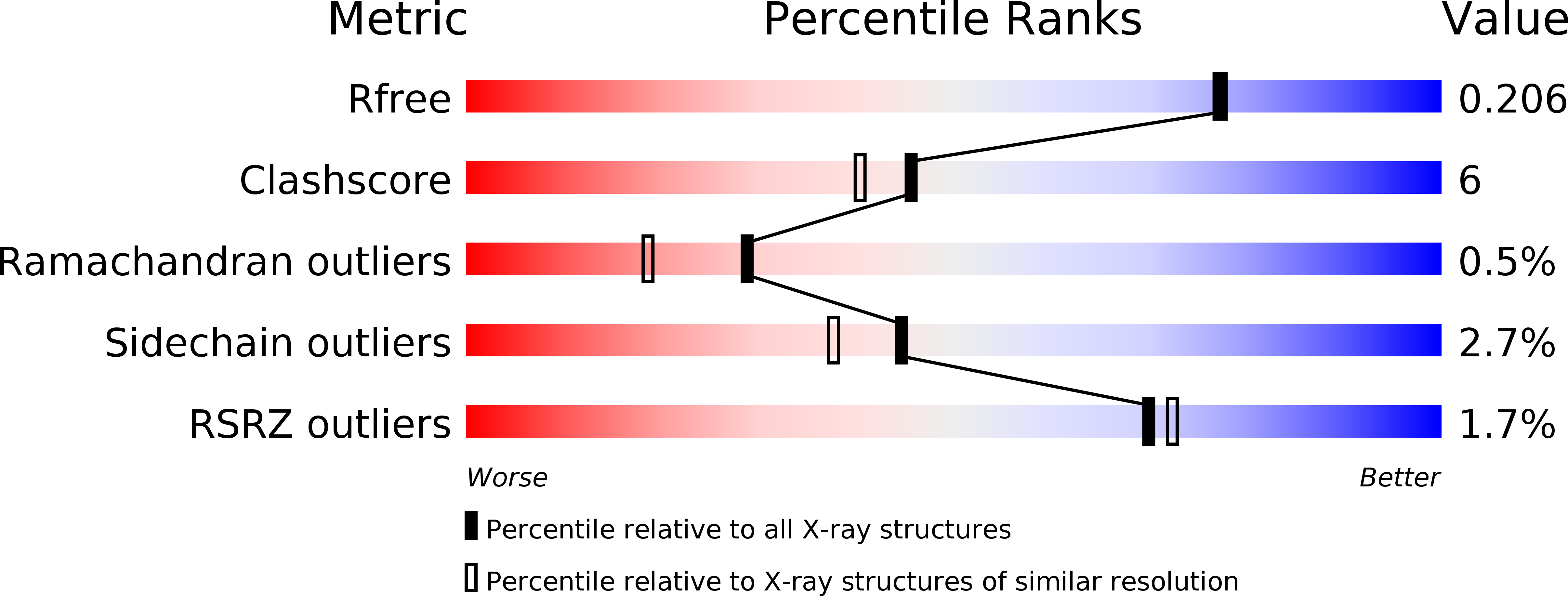
Deposition Date
2009-06-30
Release Date
2009-07-14
Last Version Date
2024-05-08
Entry Detail
PDB ID:
2WMI
Keywords:
Title:
Crystal structure of the catalytic module of a family 98 glycoside hydrolase from Streptococcus pneumoniae SP3-BS71 in complex with the A-trisaccharide blood group antigen.
Biological Source:
Source Organism:
STREPTOCOCCUS PNEUMONIAE (Taxon ID: 406556)
Host Organism:
Method Details:
Experimental Method:
Resolution:
1.90 Å
R-Value Free:
0.20
R-Value Work:
0.16
R-Value Observed:
0.16
Space Group:
P 21 21 2


